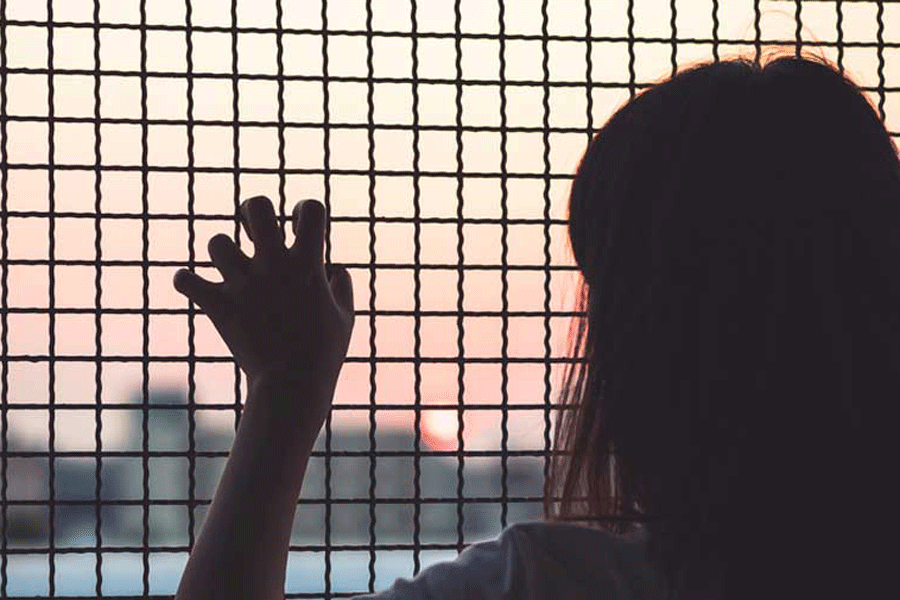The life of a victim of trafficking is one of unimaginable horror. But the afterlife, that of a survivor, is not smooth either. India’s trafficking victims are increasingly finding life after rescue being ruined by social stigma and ostracisation. This is concerning for a nation with a significant trafficking burden. The 2023 version of the Trafficking in Persons Report issued by the United States of America placed India on Tier 2 in a three-tier categorisation of countries based on their efforts to tackle human trafficking globally. Data tabled by the Union home ministry confirm the gravity of the problem — as many as 10,659 cases of human trafficking were registered between 2018 and 2022, with 26,840 people being arrested for involvement in human trafficking in the same five-year period. Bengal’s slice of this ignominious pie is sizeable. The National Crime Records Bureau reported that 40,725 women and 10,571 girls went missing from Bengal in 2022, the highest numbers in the country that year. Most worryingly, the institutional response seems to be far from satisfactory. A recently-conducted survey that examined the role of several government officials and people’s representatives in Bengal’s North and South 24 Parganas, the two biggest “source markets” for traffickers, revealed instances of astonishing lapses. Victims are faulted for being trafficked; block-level officers believe that their role ends with sending a survivor to a non-governmental organisation; supervisors of self-help groups often advise trafficking survivors to ‘forgive’ and move on. Taken together, these findings point to some serious lacunae. There seems to be minimal awareness on the part of officials about the prejudices suffered by survivors; a clear demarcation of roles among those entrusted with the responsibility to act on such matters remains unaddressed; there is also the typical malaise of bureaucratic inertia and insensitivity towards the survivors.
These, it must be borne in mind, are apart from other challenges. Shelter homes are too few in number and, thus, often overcrowded. Worse, the perpetrators of such crimes escape punishment far too often: the acquittal rate for trafficking cases following legal proceedings was 84% in 2021. There is also a case for improving coordination beyond and within the borders since trafficking is a transboundary phenomenon. It is apparent that the complex, diverse needs of a victim of trafficking — mental care, rehabilitation, economic resettlement — continue to elude the grasp of policy. This must be addressed.











